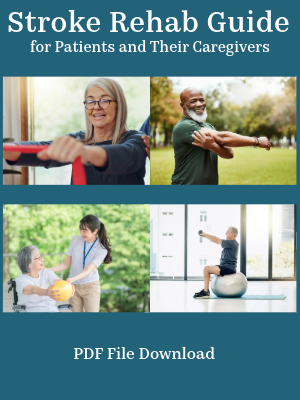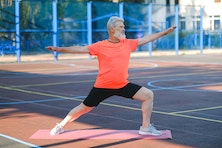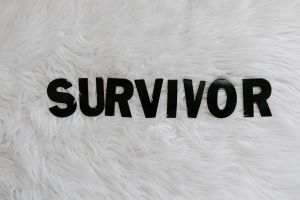Submissions from Readers
Numbness
by Milo R
(Canada)
Question: My left hand and fingers are numb as well as the bottom of my left foot post-stroke, and it gets more intense during and post-exercise.
Answer: Some strokes damage parts of the brain responsible for processing sensory information and can lead to abnormal sensation output such as numbness, tingling, pain, burning sensation, pins and needles, etc. You can verify with your MD that your symptoms are related to your stroke and not a new or unrelated medical issue (i.e. vascular problem, neuropathy, diabetic symptoms). You can also ask the MD if any medications may help. Sometimes, meds are used to help with neuropathic pain or overactive nerve signals.
It's generally safe and beneficial to continue exercise even with a temporary increase in numbness, but it's important to have sensation tested, particularly in the hands/feet to identify any significant impairment of proprioception, touch, temperature, or pain sensation. This can be done by a PT/OT or neurologist. If one's ability to recognize sensory input is impaired, it can lead to injuries.
For example, if proprioception or kinesthesia is impaired, you may be unaware of the positioning of your body parts or the amount of force you are applying to your joints. If touch/pain is impaired, you can be at risk for bruises, cuts, or recognizing pain signals. If temperature sensation is impaired, you could be at risk for burns. If sensory input is impaired, the increase in abnormal sensations you experience with exercise may indicate you need to make adjustments (e.g. changing hand/foot placement, decreasing force applied to joint, decreasing grip pressure, etc.) Many stroke patients are unaware of the extent of their sensation impairment, so testing by a professional will help identify any problem areas, and adaptations can be made to protect the body if needed.
Sensory re-education might help with numbness and tingling. Some patients have reported relief by using vibration or a massage gun such as Theragun or Hypervolt over the numb area. Some have had relief with TENS (transcutaneous electrical nerve stimulation). A detailed discussion of sensory re-education techniques can be viewed at https://www.stroke-rehab.com/sensory-re-education.html#.
Sometimes numbness and tingling will decrease over time. Patients have reported improvements in numbness even several years after stroke. Other patients have used psychological techniques to help such as distraction, though modification, and relaxation techniques.
Numbness can continue to occur after stroke due to damage to sensory processing areas of the brain. By consulting with an experienced MD and OT/PT, you may be able to find ways to manage or improve your symptoms.
Treatment Tips from Others
To see tips from other survivors and caregivers about their treatment recommendations, click here.
Get Our Stroke Rehab Guide

Our stroke rehab guide is designed specifically for patients and caregivers. It's in pdf format and can be immediately downloaded. It includes about
- Stroke Definition & Causes
- Stroke Treatment
- Rehabilitation Information for Physical, Occupational and Speech Therapy
- Exercise pictures
- Q&A from patients and caregivers
- Adaptive Equipment & Techniques
- How to Prevent Another Stroke & More!
Medical Disclaimer: All information on this website is for informational purposes only. This website does not provide medical advice or treatment. Always seek the advice of your physician or other healthcare provider before undertaking a new healthcare or exercise regimen. Never disregard professional medical advice or delay seeking medical treatment because of something you have read on this website. See the disclaimer page for full information.
- Home
- Stroke Questions
- Numbness















